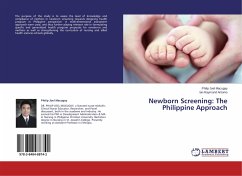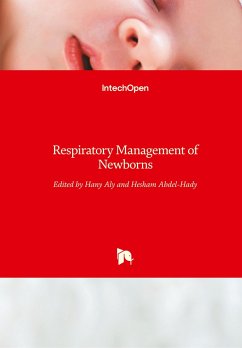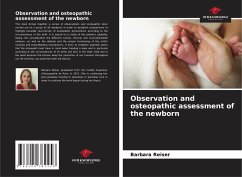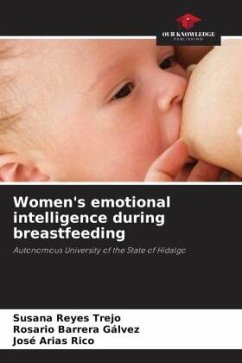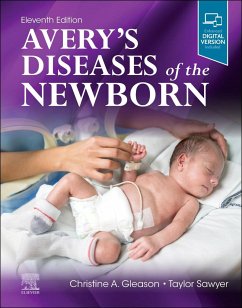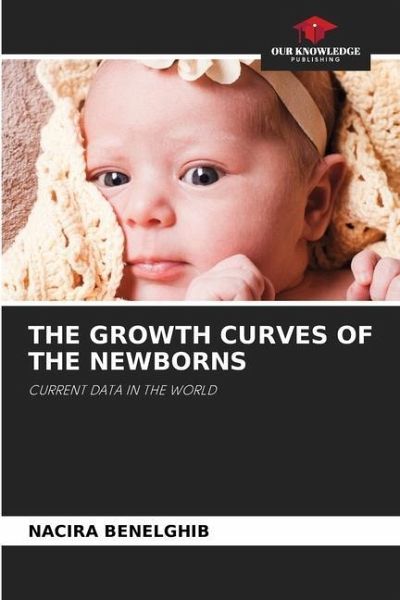
THE GROWTH CURVES OF THE NEWBORNS
CURRENT DATA IN THE WORLD
Versandkostenfrei!
Versandfertig in 6-10 Tagen
29,99 €
inkl. MwSt.

PAYBACK Punkte
15 °P sammeln!
The World Health Organization (WHO) now recommends the use of neonatal growth charts to assess the weight of newborns according to their gestational age [3]. Thus, a newborn is considered hypotrophic (or "small for gestational age") when it is below the 10th percentile on the reference weight curve. A distinction is also made between harmonious hypotrophy, where weight, height and head circumference are reduced, and disharmonious hypotrophy, where only weight is low. Conversely, a newborn is considered macrosomic (or "large for gestational age") when the weight exceeds the 90th percentile. If ...
The World Health Organization (WHO) now recommends the use of neonatal growth charts to assess the weight of newborns according to their gestational age [3]. Thus, a newborn is considered hypotrophic (or "small for gestational age") when it is below the 10th percentile on the reference weight curve. A distinction is also made between harmonious hypotrophy, where weight, height and head circumference are reduced, and disharmonious hypotrophy, where only weight is low. Conversely, a newborn is considered macrosomic (or "large for gestational age") when the weight exceeds the 90th percentile. If the weight is between the two limits (10th and 90th percentiles), it is called eutrophy (or "appropriate for gestational age"). Neonatal growth charts are therefore useful in assessing newborns at risk for low or high birth weight. Obstetricians and pediatricians use these reference curves to correctly identify newborns requiring special attention because of their association with neonatal morbidity and mortality.







